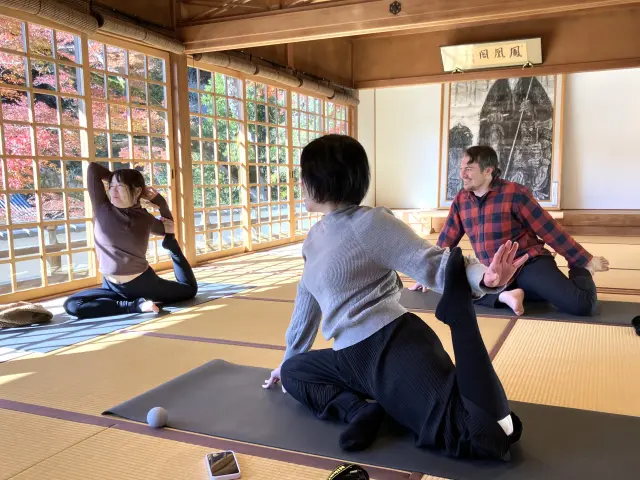 Search for Flights
Search for Flights
 Search for Hotels
Search for Hotels
 Check Exchange Rates
Check Exchange Rates
 Check the Weather
Check the Weather
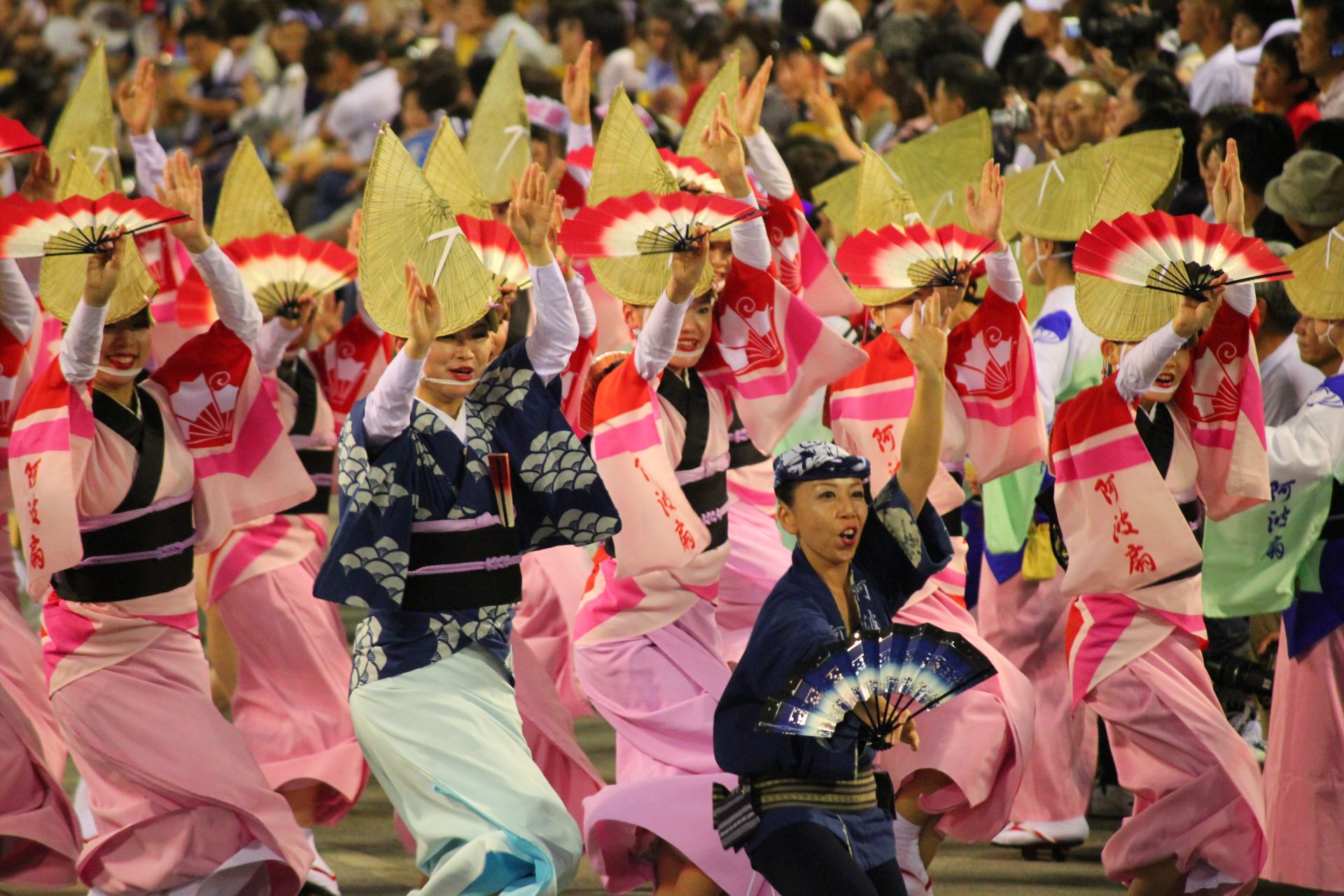
Awa Odori
Last update
Tokushima Prefecture, Kansai
A light musical accompaniment and dancers combine to create an exciting atmosphere. Experience the intensity of the Awa Odori and its 400 years of history in Tokushima.
The Awa Odori dance of Tokushima Prefecture is a traditional performing art that boasts over 400 years of history. A group of dancers performs in sync to a light musical accompaniment, delivering a spectacular show. For four consecutive days starting August 12, people from all around Japan gather to participate in the Tokushima City Awa Odori, which is one of the largest such gatherings in the country, enveloping the city in an exciting atmosphere. Tokushima Prefecture is also home to many sightseeing spots that can be enjoyed along with the Awa Odori, including the whirlpools of Naruto, the Otsuka Museum of Art, and Mt. Bizan.
The Awa Odori is a traditional festival of Tokushima whose name is known around the world. There are various theories as to the origins of its unique style.
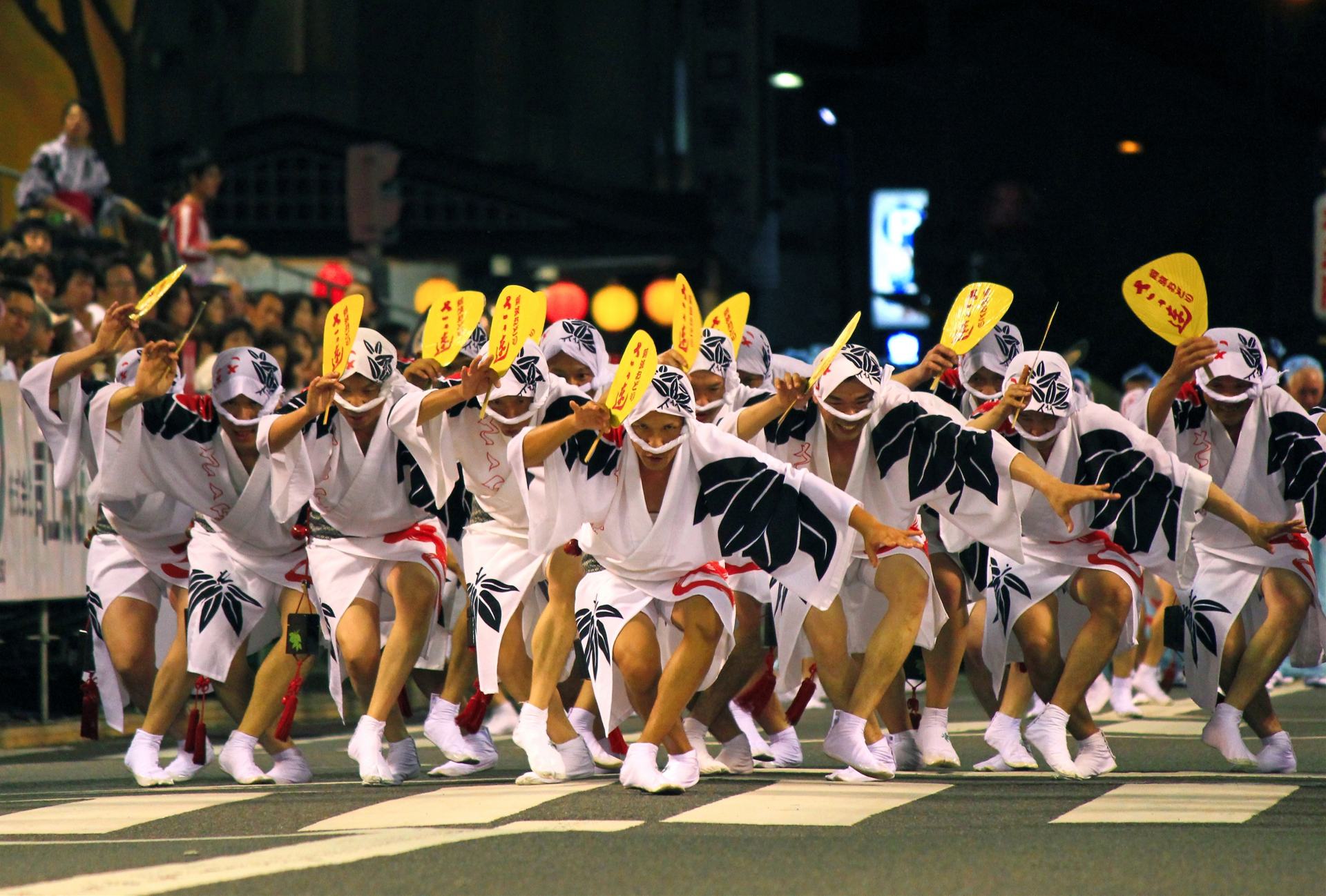
The usual costume is a hanten coat or yukata for men, and the women wear a yukata and straw hat. Sometimes the dancers hold a fan or lamp.
The Awa Odori known around the world is the pride of Tokushima. This traditional performing art contains the famous line “It’s a fool who dances and a fool who watches! If both are fools, you should have fun dancing!” Not only are there dance groups in Japan, but the Awa Odori has spread across the globe including the United States, Brazil, France, and Taiwan.
With a history that stretches over 400 years, there are various theories as to the origins of the Awa Odori. Below, you’ll find the three main theories. The first is the castle construction theory. The story goes that the people of the castle town danced as a way to commemorate the construction of Tokushima Castle by feudal warlord Hachisuka Iemasa in 1586*. The second is the Furyu Odori dance origin theory. In the war chronicle Miyoshiki published in 1663, there is a passage that states “Sogo Masayasu held a performance of the Furyu Odori dance at Shozui Castle in the year 1578.” This theory was proposed because it is thought that the Furyu Odori dance is the origin of the Kumi Odori dance, which the Awa Odori dance is known for. The third is the Bon Odori dance origin theory. There are many different and varied moves in the Bon Odori dance, which is performed as an offering to ancestors around July 15 or 16 of the old calendar. Based on this, it is thought that the unique dances of the Awa Odori, such as the Kumi Odori, the Zomeki Odori, and the Niwaka Odori came into being.
*According to some theories, the year was 1587.
The grand, energetic, boisterous dance of the men and the dignity and vigor of the women are important in the dance. The beauty lies in the perfectly coordinated troupe dancing in time to the rhythmical musical accompaniment.
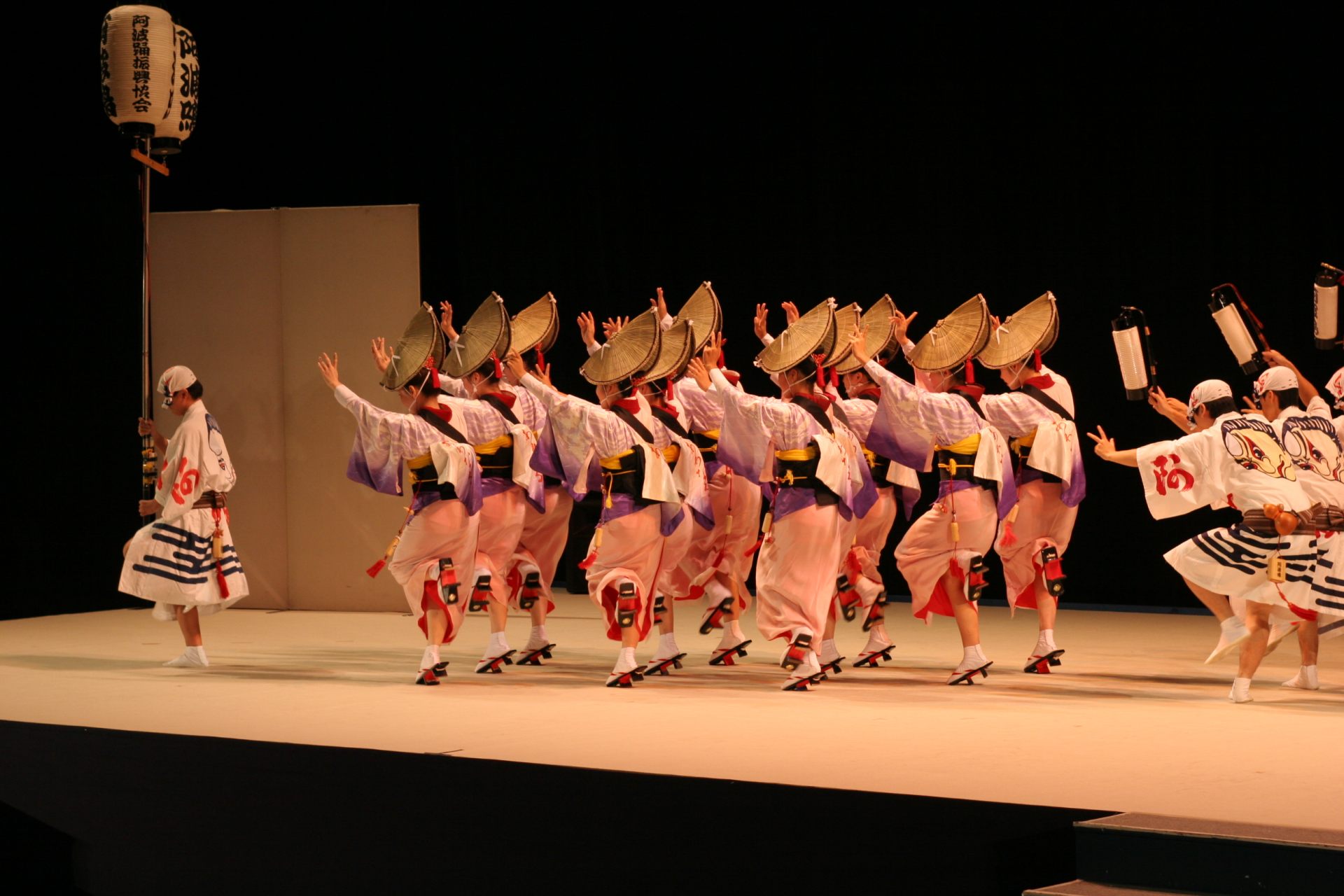
The Awa Odori dance is performed year round at the Awaodori Kaikan hall. Come experience the proud traditions of Tokushima as they unfold before your very eyes.
From August 9 to 11, the passionate dance is performed at various locations across Tokushima, beginning with the Naruto City Awa Odori, practically turning the whole of Tokushima into an Awa Odori festival. The largest scale event in all of Japan is the Awa Odori of Tokushima City, which is held for four consecutive days from August 12 to 15. During this time, the central area of Tokushima City is packed to overflowing with dancers and tourists from all across the country.
There is one simple rule, that dancers must move their right hand and foot, or the left hand and foot at the same time, making it easy for anyone to dance. However, forming beautiful, stylish moves requires daily practice. The grand, energetic, boisterous dance of the men and the dignity and vigor of the women are important, and it is common for groups to dance in a perfectly ordered fashion in the pursuit of a beautiful group movement.
Just a 10-minute walk from JR Tokushima Station you’ll find the Awaodori Kaikan, where the charms of the Awa Odori can be experienced year round. At the museum in the building, there are clothing and props on display from which you can learn about the history and culture of the dance as well as the transitions in an easy to understand fashion. Four to five times a day, dance groups from the Awaodori Kaikan and other well-known groups perform the Awa Odori dance in the event hall during the day and evening. Seeing the energetic Awa Odori dance unfold before your very eyes is not to be missed. There is also an opportunity for visitors to join the dance during the performance, so feel free to participate if you like.
The whirlpools of Naruto are some of the largest in the world, and can be viewed from a boat or the suspension bridge. There is also an art museum and beautiful natural spots.

The whirlpools of Naruto are works of art created by mother nature in the violent tides of the Naruto Strait.
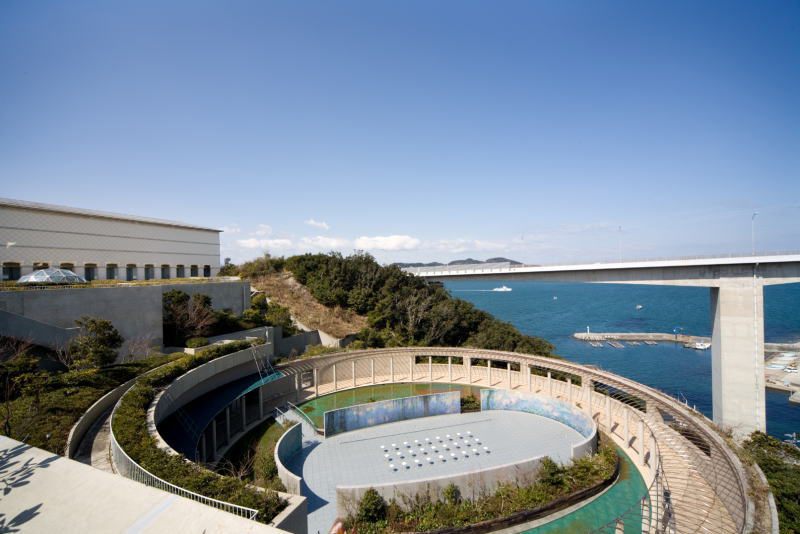
The Otsuka Museum of Art features a collection of famous works of art from museums around the world recreated on ceramic panels.
After experiencing the excitement and inspiration of the Awa Odori, take a trip around the sightseeing spots of Tokushima Prefecture. The whirlpools of Naruto are natural works of art created by intense tides, and can reach up to 30 meters in diameter depending on the season. The whirlpools can be viewed up close from a boat or from the Uzunomichi Whirlpool Walkway on the Onaruto-kyo Bridge spanning the Naruto Strait.
The Otsuka Museum of Art is also a popular place, boasting the largest scale display space in Japan. The exhibits feature nearly 1,000 pieces of famous works of art from around the world recreated on ceramic panels, including a faithful reproduction of the interior of the Scrovegni Chapel, making it well worth a visit. Photos may be taken all over the museum, so taking a souvenir shot with famous works of art is a highlight of the museum.
Make sure to visit Mt. Bizan, the symbol of Tokushima City, if you want to enjoy cherry blossoms, autumn foliage, and a dreamlike nighttime view. The summit is easily accessible from the foothills of the mountain by an approximately six-minute ropeway ride, and visitors can enjoy panoramic views of the surrounding area from the observation deck. This is a great spot to check out views of Tokushima City, and even far-away Awajishima and Wakayama. If you decide to take a taxi or bus and travel further, you can visit many different natural sites that have been famous over the ages, such as the Iya-kei Valley and the Yoshino-gawa River.
Photos:Tokushima Prefecture/Tokushima Prefecture Tourism Association
Check also...
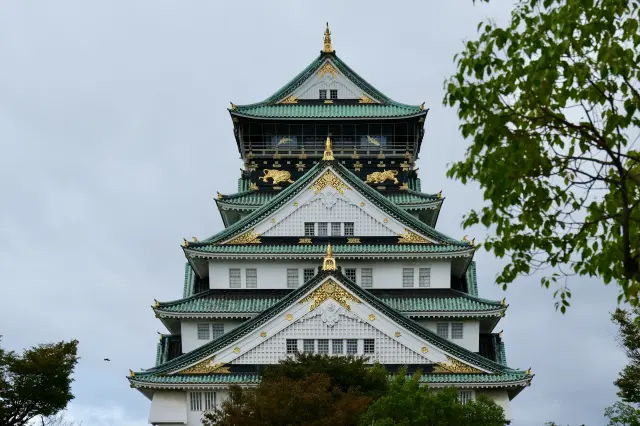
Discover Kansai & Shikoku in 3 Days: From Osaka Castle to Tokushima’s Awa Odori Dance
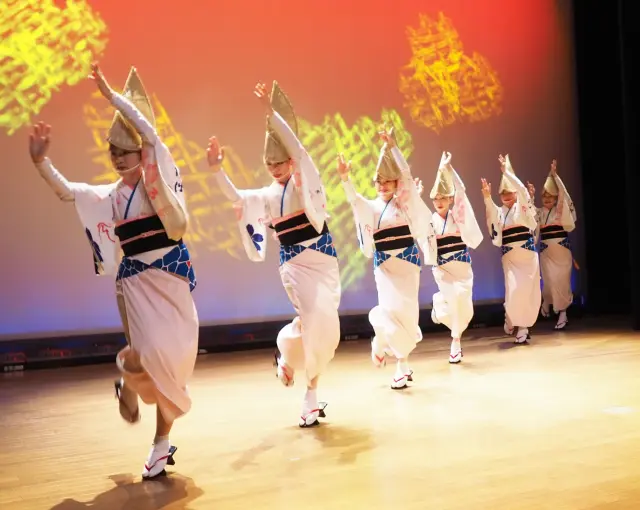
5 Must-Visit Spots in Tokushima: From Famous Sights to Hidden Gems
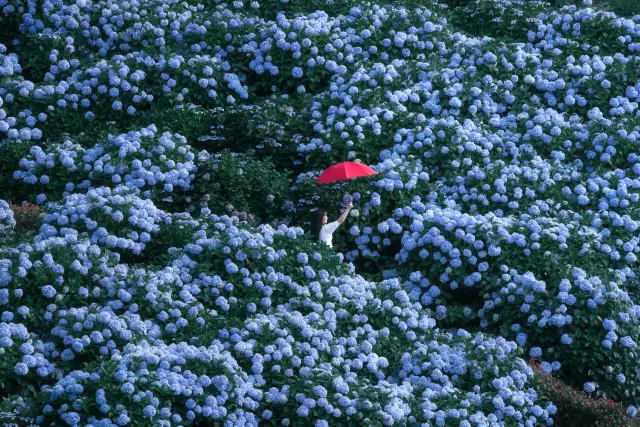
Not Just Cherry Blossoms! 4 Parks for Capturing Stunning Floral Displays

Consider your accommodation in the Kansai area!

Restrictions on Large Baggage
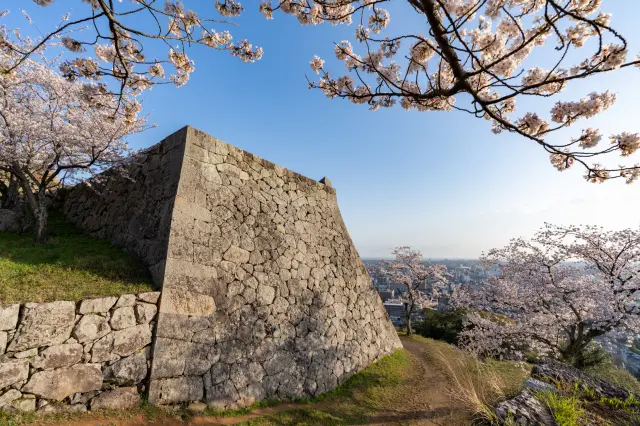
Hidden Stories in Stone: Exploring Japan’s Castle Walls
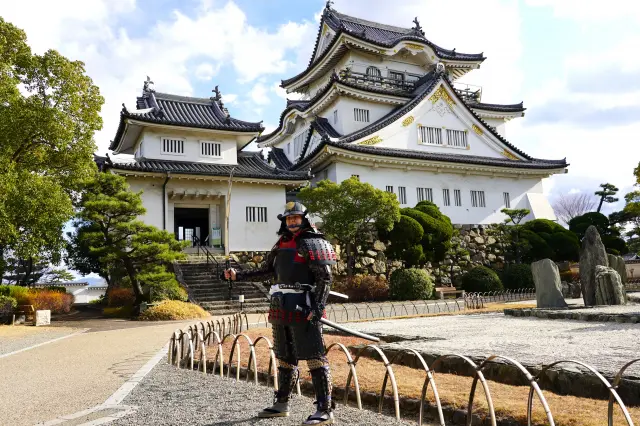
Exploring the Roots of Festivals: A Journey of Understanding Local Bonds and the Preservation of Culture
